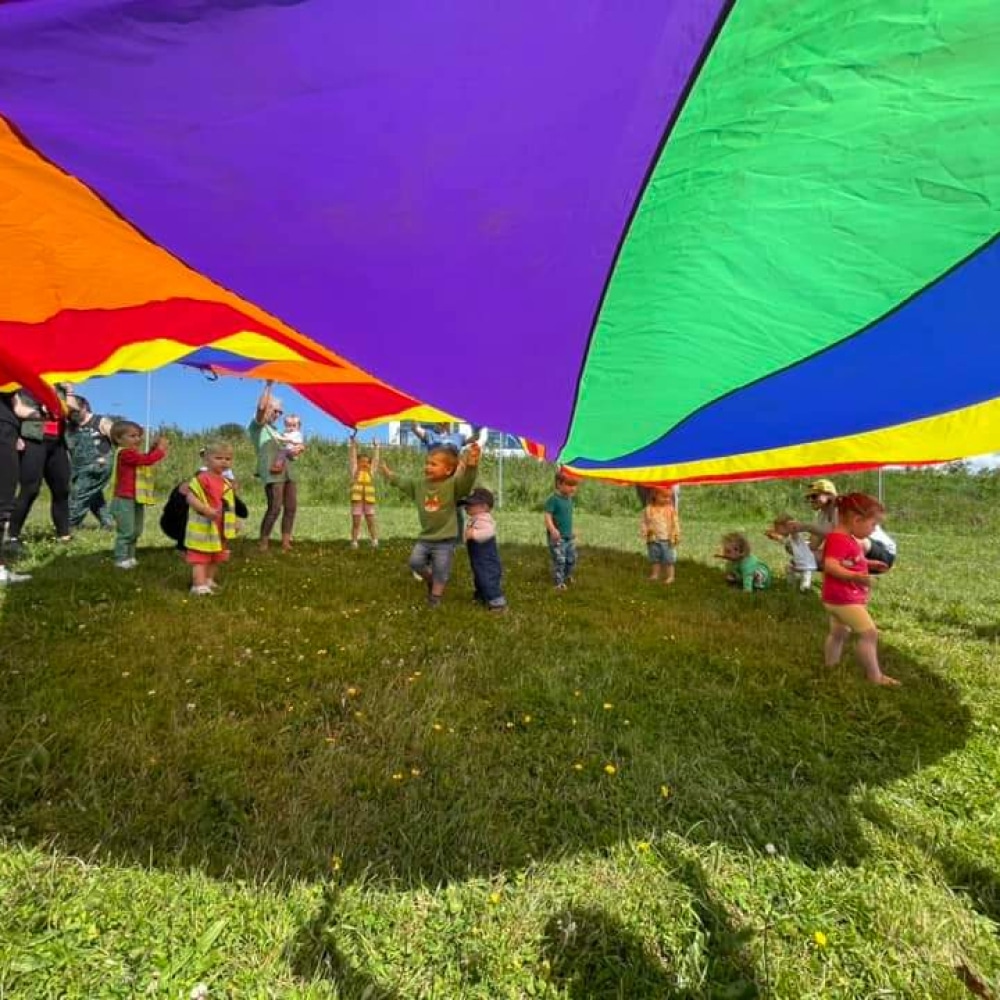
Safeguarding is everyone’s responsibility.
All our funded projects must demonstrate a clear and active commitment to safeguarding.
All applicants to Cornwall Community Foundation must have a safeguarding policy that is dated and reviewed at least once a year. You must have a named designated safeguarding officer, with contact details.
This applies to all organisations, even second tier organisations who may not be delivering directly to children or vulnerable adults.
Your safeguarding policy should be easily understood by anyone, within your organisation or outside of your organisation. Even a quick review should be enough for the reader to know what to do if there is a safeguarding issue.
The safeguarding policy must include:
1. Your safeguarding commitment:
– Policy statement – your organisation’s beliefs about the importance of safeguarding, and your commitment to keeping children and vulnerable adults safe
– Scope of the policy – who the policy applies to – e.g. vulnerable adults and/or children below 18
– Context – a brief statement of the main legislation and guidance that supports your policy. (e.g. if dealing with children, The Children Act and Working Together should be referenced as a minimum)
2. Your safeguarding response procedures:
– Designated Safeguarding Lead – a named ‘DSL’ and their contact details; this should be someone senior who is trained in multiagency safeguarding
– What to do – clear procedures about what to do in response to a safeguarding concern
– Escalation – what to do if you are still worried or if you disagree with a safeguarding decision
– Whistleblowing – how to report a concern about a colleague, professional or volunteer
3. Your supporting policies and procedures:
– Managing Allegations – how you respond to safeguarding concerns about members of your team
– Safer Recruitment – how you make sure your team are safe to work with children or vulnerable adults
– Training and Support – how you ensure your team are trained, supervised and supported around safeguarding
– Online Safety – how you reduce harm and make sure people stay safe online
– Data sharing and protection – how you keep people’s data safe according to GDPR regulations, and how you share data to support safeguarding
– Images – guidance about how you share images, photos, video and voices
– Care of children (if relevant) – how you ensure adequate supervisory ratios
4. Safeguarding definitions:
This can be an appendix, and should explain definitions of types of abuse and harm, including four key areas of abuse:
– Neglect
– Physical abuse
– Sexual abuse
– Emotional Abuse
It should also reference other types of abuse, including:
– Exploitation
– Domestic abuse
– So-called honour-based violence
– Financial abuse
– Fabricated or induced illness
– Radicalisation
– Institutional abuse
Safeguarding resources:
There are some great resources that you can use to support your safeguarding policymaking and best practice. Please find recommended resources below.
Safeguarding guidance from NCVO
Safeguarding and protecting people for charities and trustees from GOV.UK
Cornwall Council safeguarding toolkit
NSPCC Learning safeguarding and child protection self-assessment tool
Bond Safeguarding policy templates
CLEAR - Emotional Trauma & Therapy Specialists
Ann Craft Trust's free safeguarding checklist